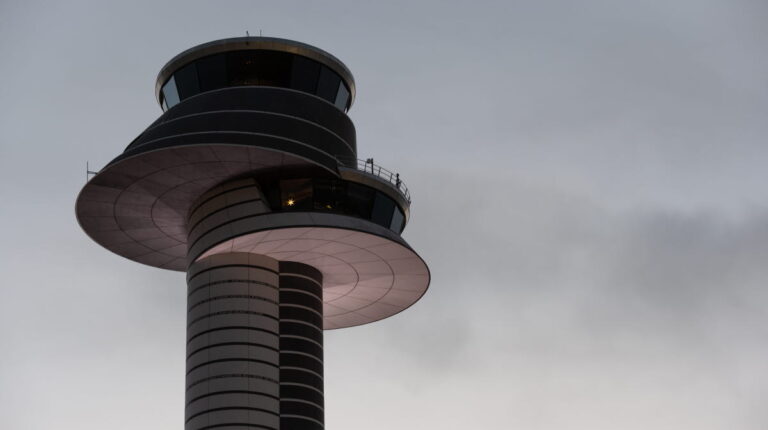Swedavia and Luftfartswerket have introduced the Established on Required Navigation Performance (EoR) concept, which makes it possible for aircraft arriving at Stockholm Arlanda Airport to fly with curved approaches to a greater extent than previously possible. They are reportedly the first in Europe to introduce this concept.
The new approach concept can increase capacity, efficiency and sustainability of air traffic by allowing the aircraft to flyer a shorter, curved approach – increasing the landing rate per hour and reducing emissions.
“For us, it is of course gratifying that Swedavia will be the first in Europe to apply the new concept for managing arrivals. Enabling more curved approaches is also the most effective way to support airlines in their transition work, in addition to facilitating increased use of sustainable aviation fuel (SAF),” said Susanne Norman, director of operations at Swedavia.
“The modernization of the airspace by Luftfartsverket shows how air traffic control can help reduce the environmental impact of aviation. The traffic flow into Stockholm Arlanda Airport becomes more efficient during peak hours, and arriving aircraft have shorter flight paths with reduced emissions,” added Anna Granberg, director of operations at Luftfartsverket.
“We are very pleased with the initiative from Swedavia and the Swedish air traffic control provider (LFV) to implement new procedures that will increase the number of curved approaches at Arlanda,” commented Charlotte Holmbergh, director of corporate affairs at Norwegian. “Our goal is to reduce emissions by 30% by 2030, and more efficient flight operations like this are among our top priorities.”
The technique for curved approaches requires special equipment in the aircraft, specially trained pilots and permission from the airline’s national supervisory authority.
In addition to reducing the environmental impact, the introduction of the new approach concept also provides an incentive for airlines to invest in technique for curved approaches which, in the long run, will make it possible to avoid flying over noise-sensitive areas.
In related news, a study by SITA found that greener travel is becoming a stronger demand for passengers. Read more here.

